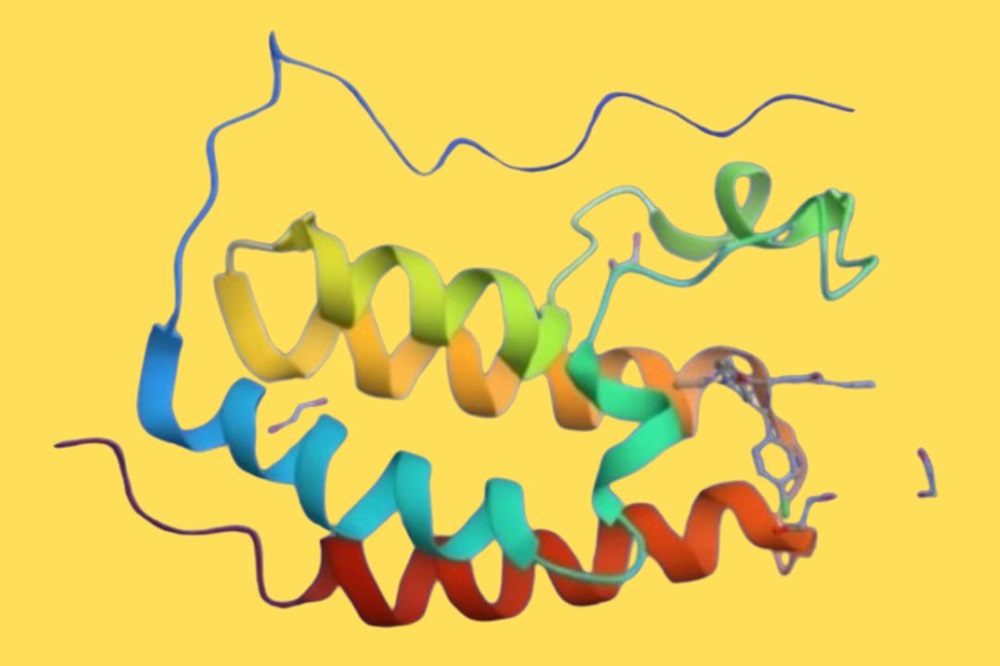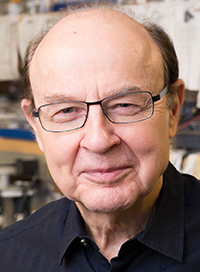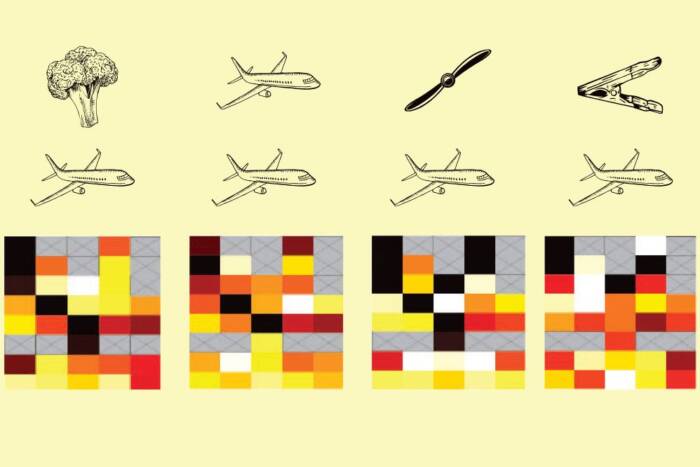Why a promising breast cancer drug doesn’t work—and how to improve it

A BET inhibitor blocking the bromodomain of BRD4. This therapy has shown promise, but remains ineffective at treating breast cancer. Credit: PDB
Hopes were high a decade ago, when a new class of drugs called BET inhibitors emerged for treating blood cancers and solid tumors. Since then, however, results from numerous clinical trial have painted a much more complex picture—especially when it comes to breast cancer.
Now, a new study(opens in new window) published in Nature Structural & Molecular Biology explains why the therapy, which continues to show promise in treating other cancers, is ineffective at treating one common form of the disease. “We figured out that these therapies block only one part of the protein that activates the oncogenes,” says Robert G. Roeder, the Arnold and Mabel Beckman professor. “It turns out that isn’t enough.”
Tempting targets
Cancer researchers have long set their sights on a family of four proteins, collectively known as BET, which are active in many cancer-related genes and pathways. These proteins—and one in particular known as BRD4—are tempting therapeutic targets, because they use the bromodomain (a stretch of 110 amino acids that give BET proteins their name) to bind to acetylated histones (proteins that help organize DNA) to act on genes promoting cell survival. Moreover, in breast cancer, BET proteins trigger a runaway transcription cycle culminating in uncontrolled cancer cell proliferation. Scientists hoped that BET inhibitors designed to block the bromodomain would nip that cycle in the bud.
But clinical trials have repeatedly failed to show that BET inhibitors work, particularly in breast cancers that leverage estrogen as fuel to grow. “We had already been looking into how this estrogen receptor positive breast cancer is driven by transcription when the first clinical trials of these BET inhibitors failed,” says Sicong Zhang, first author on the paper and a research associate in Roeder’s lab. “There was no explanation for why they should have failed. We wanted to figure out what went wrong.”
A better BET
Zhang and Roeder used several advanced techniques to investigate BET proteins’ role in gene transcription. First, they compared how blocking BET proteins with inhibitors, versus completely removing them, affects gene transcription. They found that cancer-related genes like MYC depend on the BET protein itself, rather than just its bromodomain. The team also engineered bromodomain-less BET proteins to study their behavior. Among the different BET proteins, only BRD4 was able to activate MYC without relying on its bromodomain. When BRD4 was removed from cells, BET inhibitors completely killed cancer cells.
They also discovered that BRD4 interacts with a protein complex called Mediator, which plays a major role in gene transcription and works directly with estrogen receptors. When Mediator’s function was disrupted, BRD4’s ability to bind to certain regions of genes decreased significantly. Interestingly, this interaction between BRD4 and Mediator does not depend on the bromodomain, suggesting that BRD4 is recruited to genes in another way.
Using a new method they developed, called MSDC (mass spectrometry with DTME crosslinking), they found that BET proteins help RNA polymerase II to find its associated elongation factors (SPT5, SPT6, PAF1 complex). These elongation factors work closely with RNA polymerase II to keep transcription running smoothly. BET proteins can interact with these elongation factors which don’t depend on the bromodomain.
In other words, the therapy works as intended—BET inhibitors are indeed taking BRD4’s bromodomains offline. That just isn’t enough to fully block the protein’s oncogenic activity.
The findings demonstrate the importance of a more thorough understanding of BRD4, and Zhang and Roeder are already shifting focus toward that goal. “We still don’t have a high-resolution atomic structure of the BRD4-Mediator complex,” Roeder says. “That’s now on the agenda.” They are also considering whether a combination therapy that targets both BRD4’s bromodomain and its various transcriptional backdoors might lead to a better BET inhibitor.
“We know why BET inhibitors failed,” Zhang says. “Now we’re trying to make one that works.”



